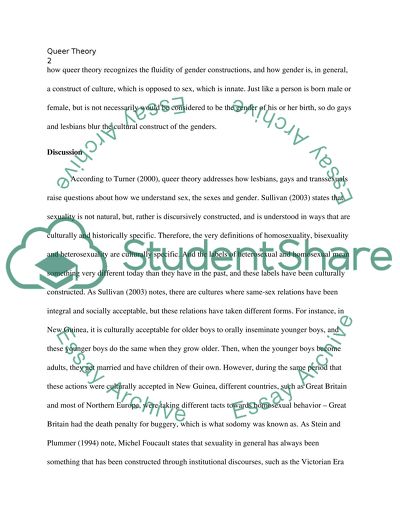Cite this document
(“Queer Theory Essay Example | Topics and Well Written Essays - 1750 words”, n.d.)
Retrieved de https://studentshare.org/sociology/1467418-what-is-queer-theory
Retrieved de https://studentshare.org/sociology/1467418-what-is-queer-theory
(Queer Theory Essay Example | Topics and Well Written Essays - 1750 Words)
https://studentshare.org/sociology/1467418-what-is-queer-theory.
https://studentshare.org/sociology/1467418-what-is-queer-theory.
“Queer Theory Essay Example | Topics and Well Written Essays - 1750 Words”, n.d. https://studentshare.org/sociology/1467418-what-is-queer-theory.


